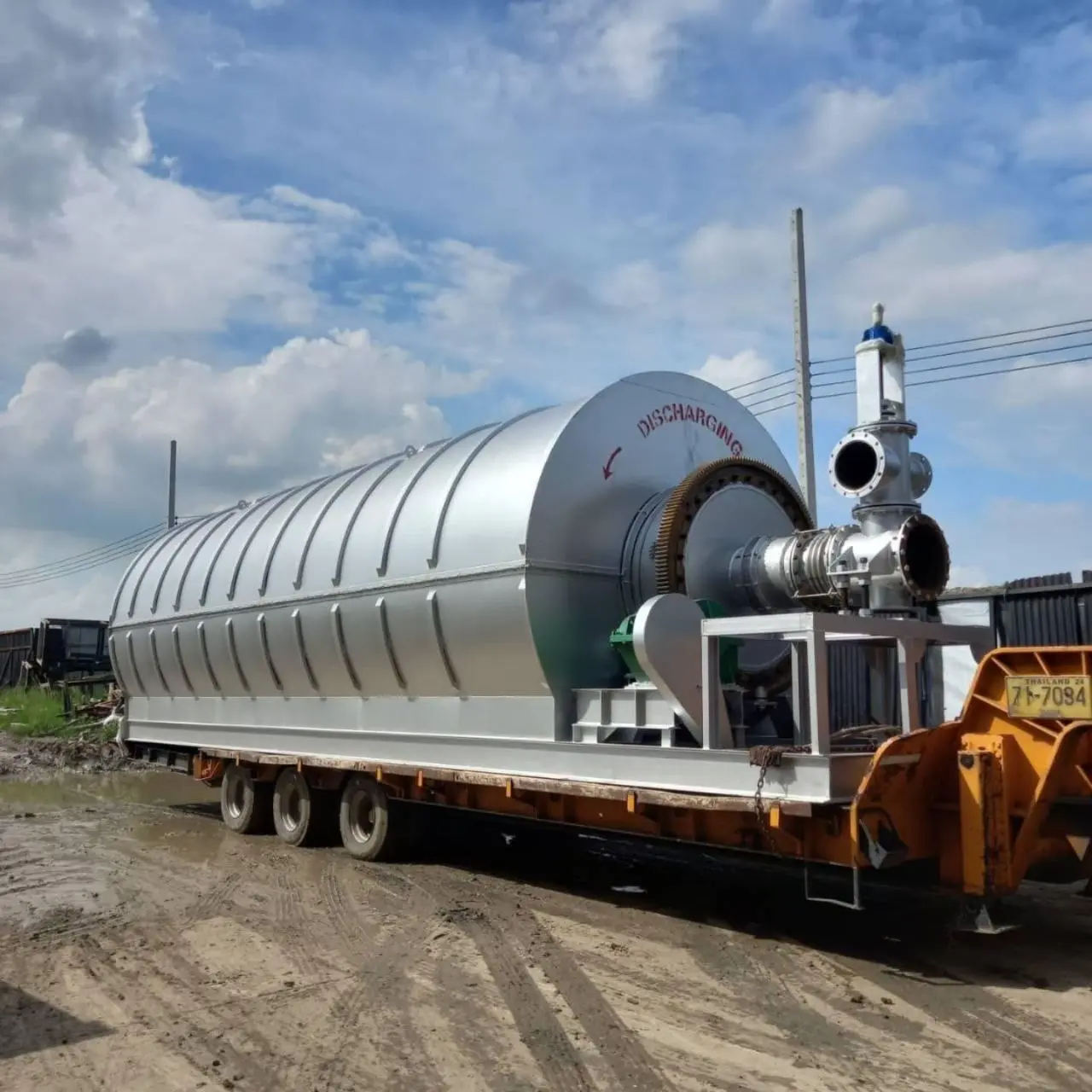
PYROLYSIS
Pyrolysis is emerging as a game-changing technology in the fight against plastic waste, converting plastic into oil through a high-temperature, low-oxygen process. Unlike traditional recycling, which is limited by the types of plastics it can handle, pyrolysis can process a wide range of plastics that would otherwise end up in landfills or oceans. This method transforms plastic back into valuable hydrocarbons, essentially reversing the manufacturing process and producing oil, gas, and other reusable materials.
The process works by heating plastic waste to extreme temperatures - usually between 300 to 900°C—in the absence of oxygen. This heat breaks down the plastic polymers into shorter hydrocarbon chains, yielding crude oil-like products that can be refined into diesel, gasoline, or other fuels. The gas produced in the process can even be recycled to fuel the pyrolysis plant itself, making it highly efficient.
Pyrolysis holds promise not just for plastic waste reduction but also for creating a circular economy. By turning waste into fuel, we reduce the need for new fossil resources, lower greenhouse gas emissions, and divert massive amounts of plastic from polluting our environment.
Pyrolysis is drawing interest from companies and governments as a powerful tool in rethinking plastic waste. When it reaches its full potential, pyrolysis will play a major role in solving the plastic crisis, transforming waste into valuable resources and moving us closer to that "sustainable future" we keep hearing and talking about.

PYROLYSIS
Pyrolysis is emerging as a game-changing technology in the fight against plastic waste, converting plastic into oil through a high-temperature, low-oxygen process. Unlike traditional recycling, which is limited by the types of plastics it can handle, pyrolysis can process a wide range of plastics that would otherwise end up in landfills or oceans. This method transforms plastic back into valuable hydrocarbons, essentially reversing the manufacturing process and producing oil, gas, and other reusable materials.
The process works by heating plastic waste to extreme temperatures - usually between 300 to 900°C—in the absence of oxygen. This heat breaks down the plastic polymers into shorter hydrocarbon chains, yielding crude oil-like products that can be refined into diesel, gasoline, or other fuels. The gas produced in the process can even be recycled to fuel the pyrolysis plant itself, making it highly efficient.
Pyrolysis holds promise not just for plastic waste reduction but also for creating a circular economy. By turning waste into fuel, we reduce the need for new fossil resources, lower greenhouse gas emissions, and divert massive amounts of plastic from polluting our environment.
Pyrolysis is drawing interest from companies and governments as a powerful tool in rethinking plastic waste. When it reaches its full potential, pyrolysis will play a major role in solving the plastic crisis, transforming waste into valuable resources and moving us closer to that "sustainable future" we keep hearing and talking about.